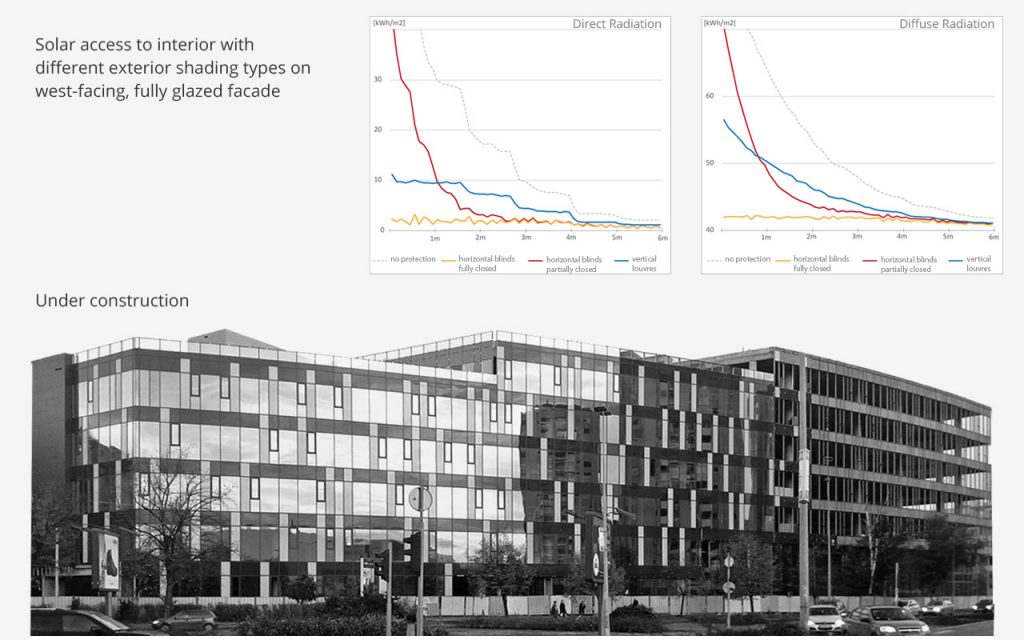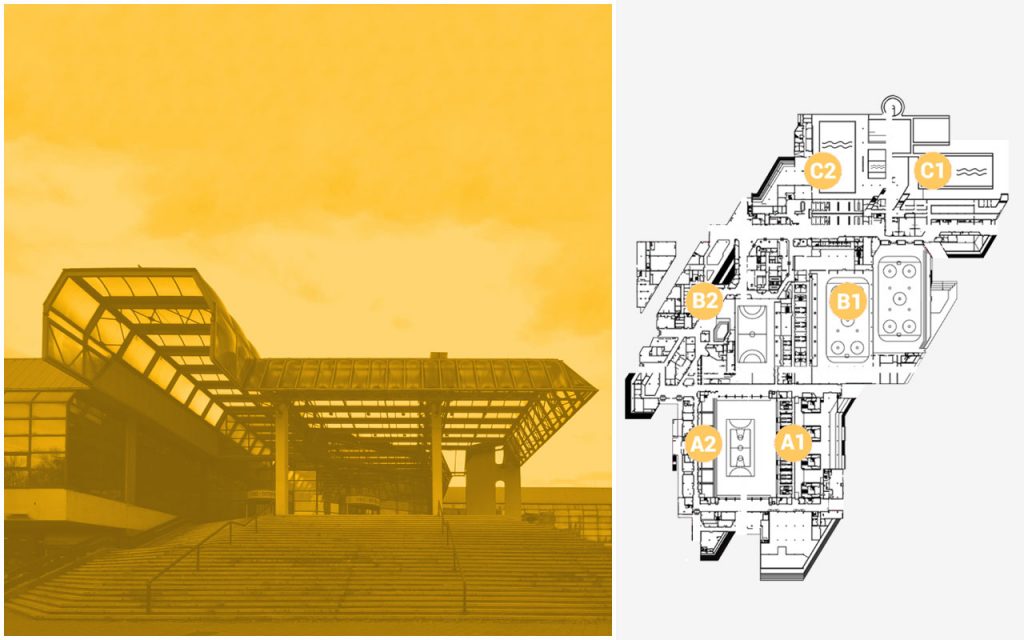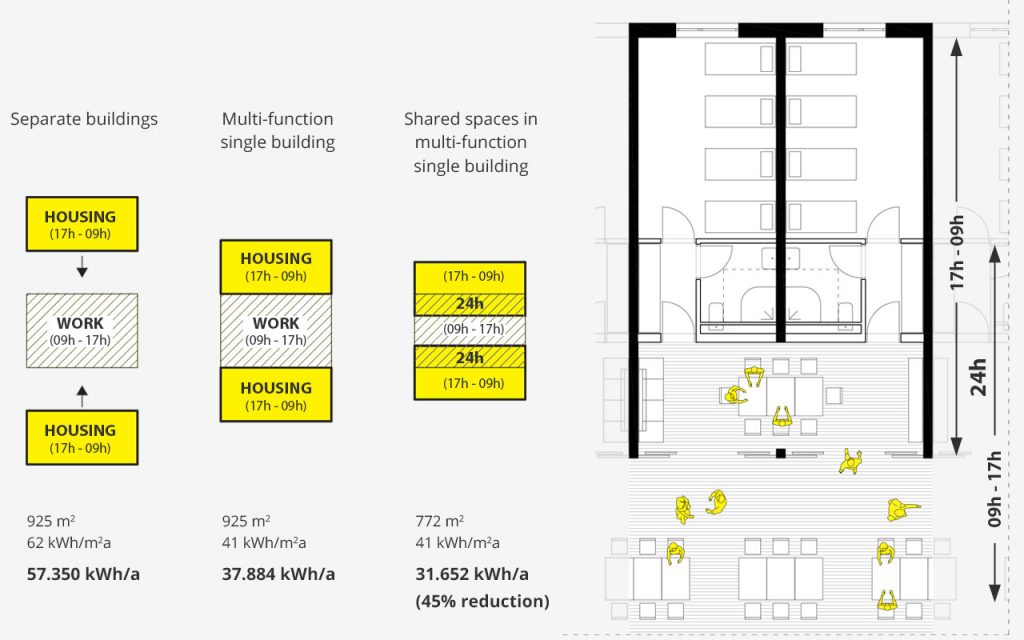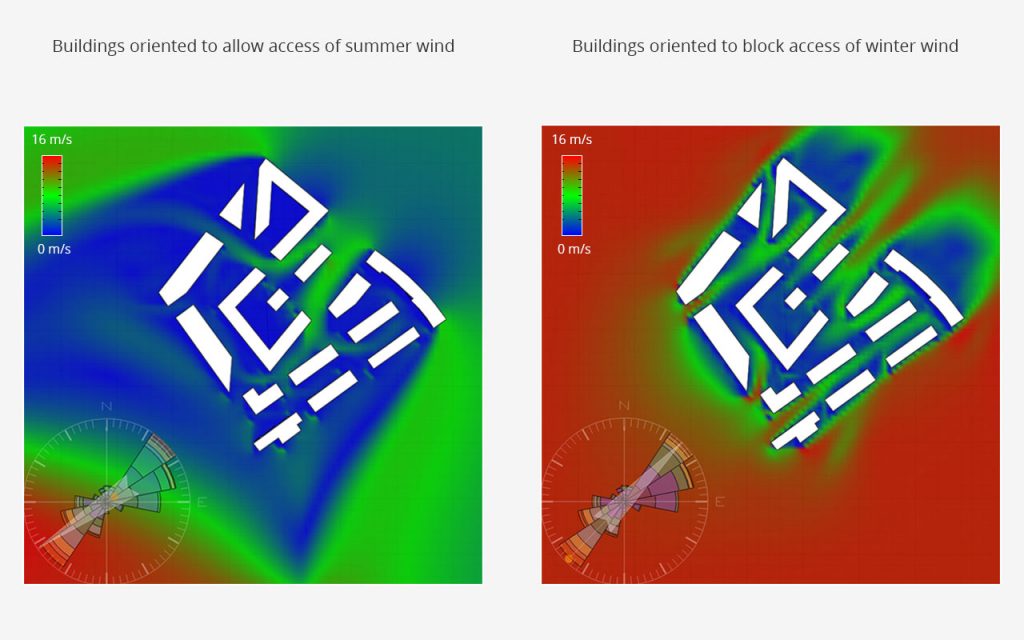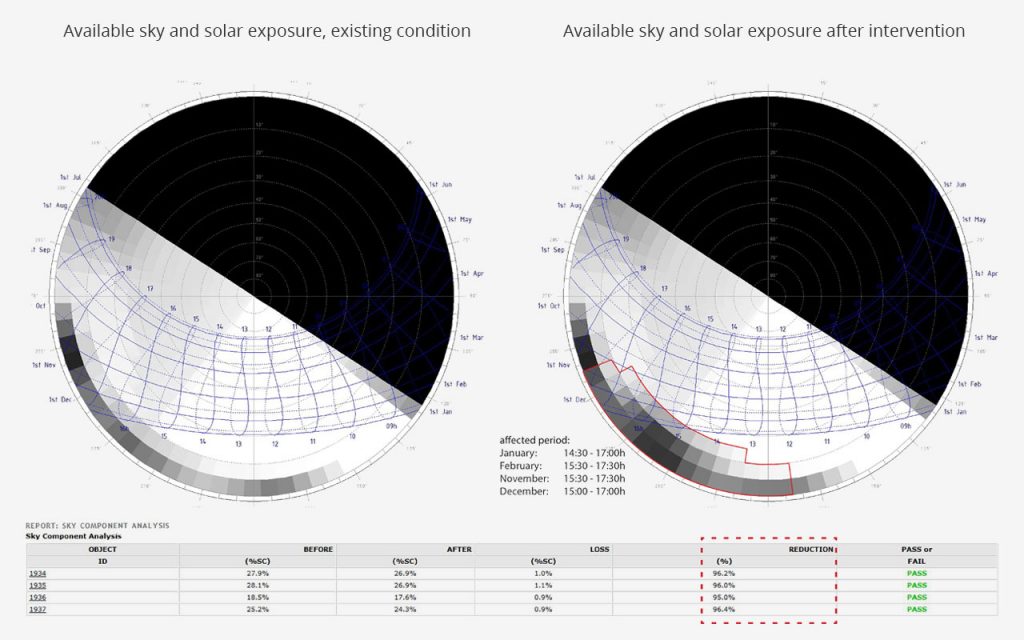Construction and use of buildings consume more energy than any other sector of industry and account for a third of global energy demand and associated CO2 emissions. Following the Paris Agreement on efforts to combat climate change, European policy makers introduced so called 20-20-20 goals to be met in year 2020. The goals include 20% increase in energy efficiency, 20% reduction of CO2 emissions, and 20% share of renewable energy sources.
We provide expertise in the field of building engineering physics and help our clients meet every of the defined European energy goals for the building sector, while taking also into consideration associated costs and market norms. We calculate thermal performance of the building envelope and provide recommendations for their improvement, develop technical details to minimise thermal bridges and condensation inside the structure and assist in defining appropriate use of green technologies such as heat pumps and solar panels. By constantly keeping ourselves up to date with latest developments of building materials, technology and equipment, we provide our clients with cutting edge and innovative solutions for reducing energy consumption in the built environment.


